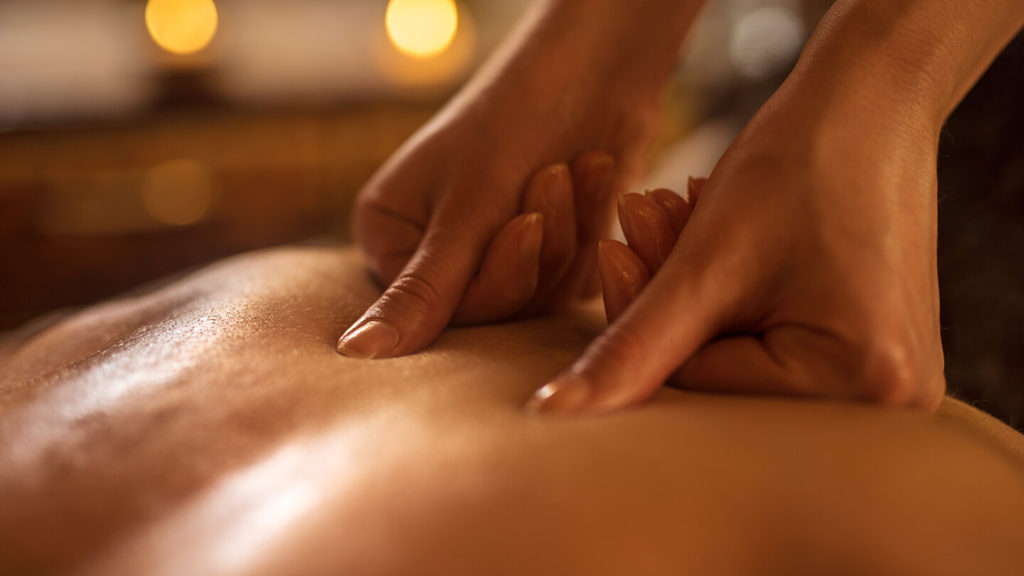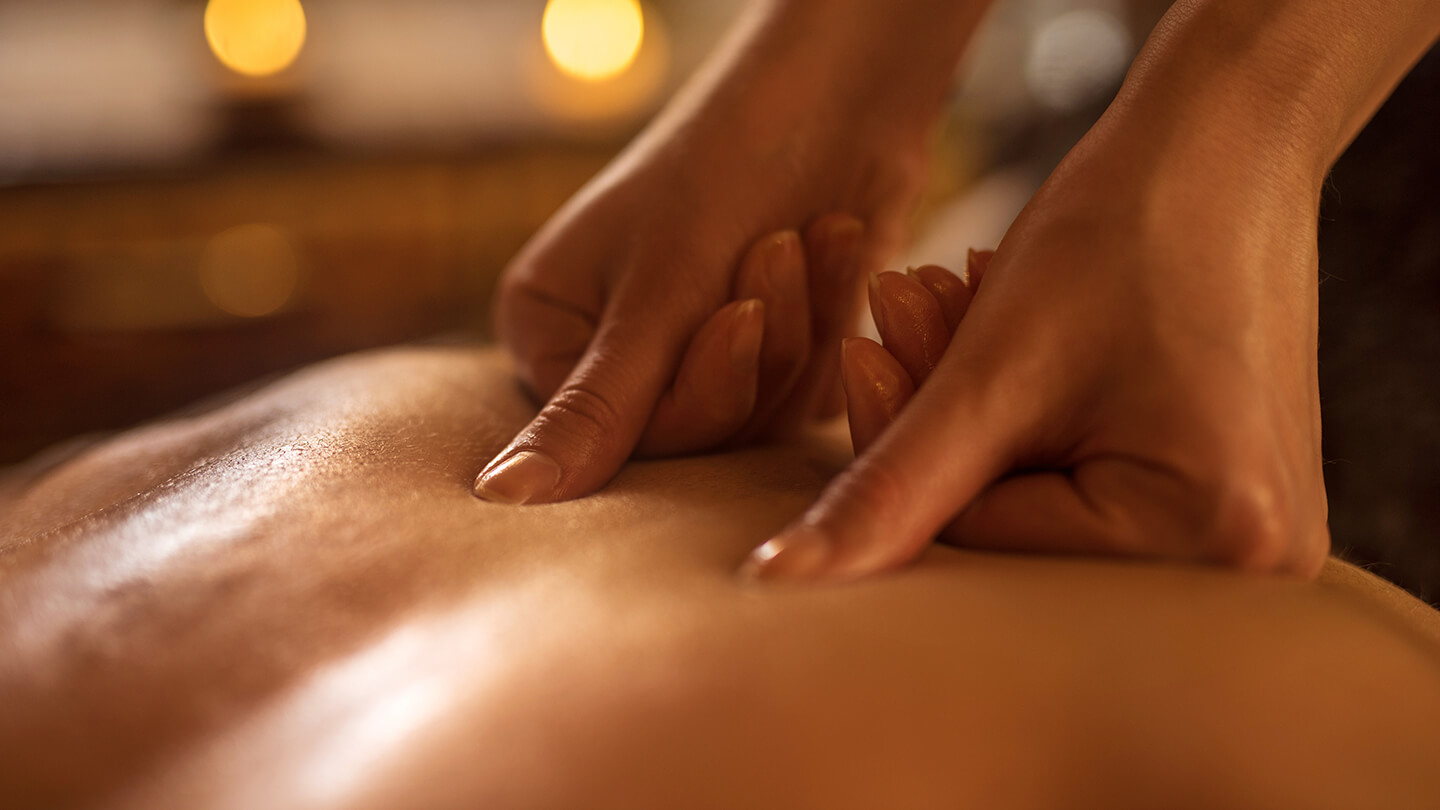Massage treatment has a long history in India, dating back to 3000 BCE (or before), when it was regarded as a holy method of natural healing. Massage treatment was a technique passed down through generations by Hindus in Ayurveda “life health” medicine to heal injuries, reduce pain, and prevent and cure diseases.
Massage therapy is known for its various effects on the body. One can find the importance of this therapy in almost every country. However, it is required that the same is taken rightly and by an expert; else, it may bring some health issues also. Recently the experts in the field of physiotherapy have conducted a study about the effects of different types of massages on different parts of the body in different individuals. The study has shown some important facts about the effects of this therapy.
Benefits Of Massages And How It Helps To Heal
For more than 3,000 years, massage has been used to heal tired, damaged muscles, and today, many athletes swear on massage guns to rehabilitate their bodies. But, aside from helping patients feel better, do these “mechanotherapy” truly aid in the recovery of serious injuries?

According to a new study from Harvard’s Wyss Institute for Biologically Inspired Engineering, The researchers discovered that mechanical loading (ML) rapidly clears immune cells termed neutrophils out of severely damaged muscle tissue using a custom-designed robotic device to provide constant and adjustable compressive pressures to mice’s leg muscles.
Inflammatory cytokines produced by neutrophils were also eliminated from the muscles, speeding up the process of muscle fiber repair. Many individuals have tried to research the health benefits of massage and other mechanotherapy on the body, but it has never been done in a systematic, repeatable fashion.
Below mentioned research demonstrates a strong link between mechanical stimulation and immunological function. The researchers reasoned that mechanotherapy’s tension exerted on the muscle successfully pressed the neutrophils and cytokines out of the damaged tissue. They validated this notion by introducing fluorescent molecules into the muscles and finding that the mobility of the molecules increased with force, confirming the idea that it helped flush out the muscle tissue.
Several years ago, Seo and her coauthors began investigating the effects of mechanotherapy on damaged tissues in mice and discovered that it increased the pace of muscle regeneration and decreased tissue scarring in just two weeks. The researchers were so intrigued by the concept that mechanical stimulation alone may promote regeneration and improve muscle function that they wanted to dig more into how that process operated in the body and what parameters would maximize recovery.
They collaborated with Harvard Bio design Lab soft robotics experts to develop a tiny device that employed sensors and actuators to detect and regulate the force applied to a mouse’s leg. After much research and development, they could build a prototype device that allowed us to precisely control parameters such as the amount and frequency of force applied, allowing us to take a much more systematic approach to understand tissue understand co-second author Christopher Payne, Ph.D., a former Postdoctoral Fellow at the Wyss Institute and Harvard Medical School.
They also utilized the ultrasound imaging data to create and test a computer model that could predict tissue strain under various loading pressures. For the next 14 days, they delivered constant, repetitive stress to the damaged muscles.
While both treated and untreated muscles showed a decrease in the number of injured muscle fibers, the reduction in the treated muscle was higher. The cross-sectional area of the fibers was bigger, indicating that therapy resulted in better healing and strength recovery. The stronger the damaged muscles were, the more force was given during treatment, proving that mechanotherapy promotes muscular healing after injury.
